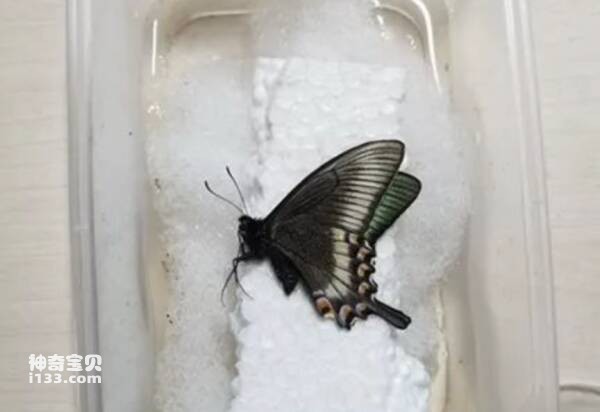1. Production supplies:
Softening device: When making storage specimens, since the insect body is already extremely brittle and breaks when touched, it must be softened before it can spread its wings and adjust its posture. A softening device is an essential tool for making dry specimens. A suitable softening device can be modified with a glass desiccator. That is, put a layer of washed wet sand at the bottom of the device and add a few drops of carbolic acid solution to prevent mold. Place a piece of absorbent paper on the sand, and place the triangular paper bag vertically in the container.
Wing spreading board: Wing spreading board is an essential tool for posture adjustment. You can make it yourself. The simple materials are a foam plastic plate 35 cm long, 12 cm wide and 3 cm thick. The surface is sticky with rice paper. Use a sharp knife to dig a groove commensurate with the butterfly body.
Insect needles: Insect needles with three numbers: 5, 3, and 1 are often purchased.
Labels, strips of paper, pins, tweezers, etc.

2. Production method:
Take out the specimen that is still soft, hold the chest with your left hand, and insert an insect needle of the corresponding number (depending on the size of the insect body) vertically from the center of the back of the midthorax with your right hand and penetrate it through the chest, leaving only 1 cm at the upper end for easy hand holding. Then insert the butterfly into the groove on the wing-spreading board so that the base of the butterfly wing is just flush with the wing-spreading board. Hold a thin insect needle in each hand, pull out the veins on the front edge of the forewing and move it forward until the trailing edge forms a 90° right angle with the body axis, then fix the needle on the wing-spreading plate; then use the insect needle to organize the hind wings and fix them as follows The front edge of the hind wing should overlap as little as possible with the trailing edge of the forewing so that all features are revealed. Adjust the posture properly, put the layered paper on it, press the end of the paper with one hand, and tighten the paper with the other hand. Arrange it while doing it to meet the requirements for spreading the wings, that is, use a pin to prick one needle in the front, middle and back of the wing. , to fix the wings (but do not stab the wing membrane).
animal tags:
We created this article in conjunction with AI technology, then made sure it was fact-checked and edited by a Animals Top editor.